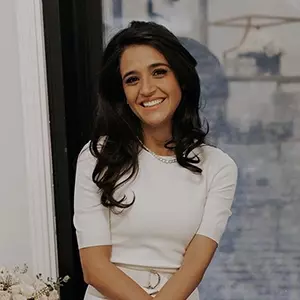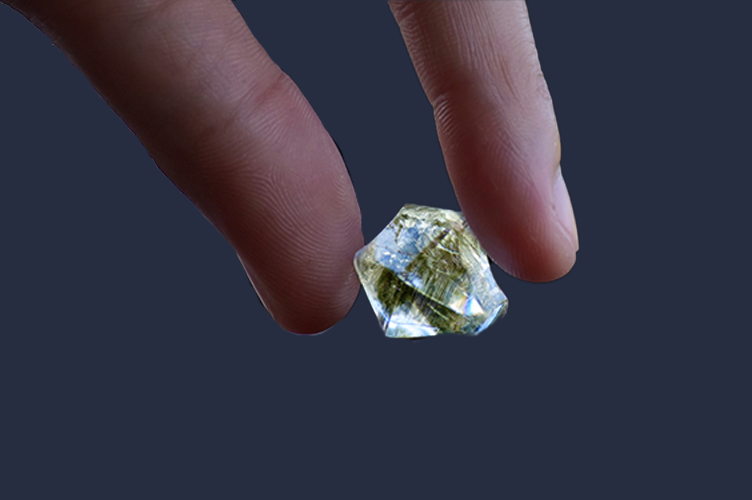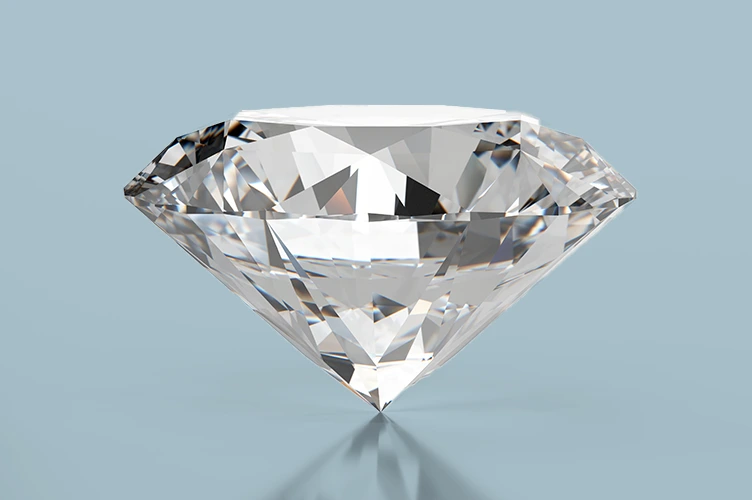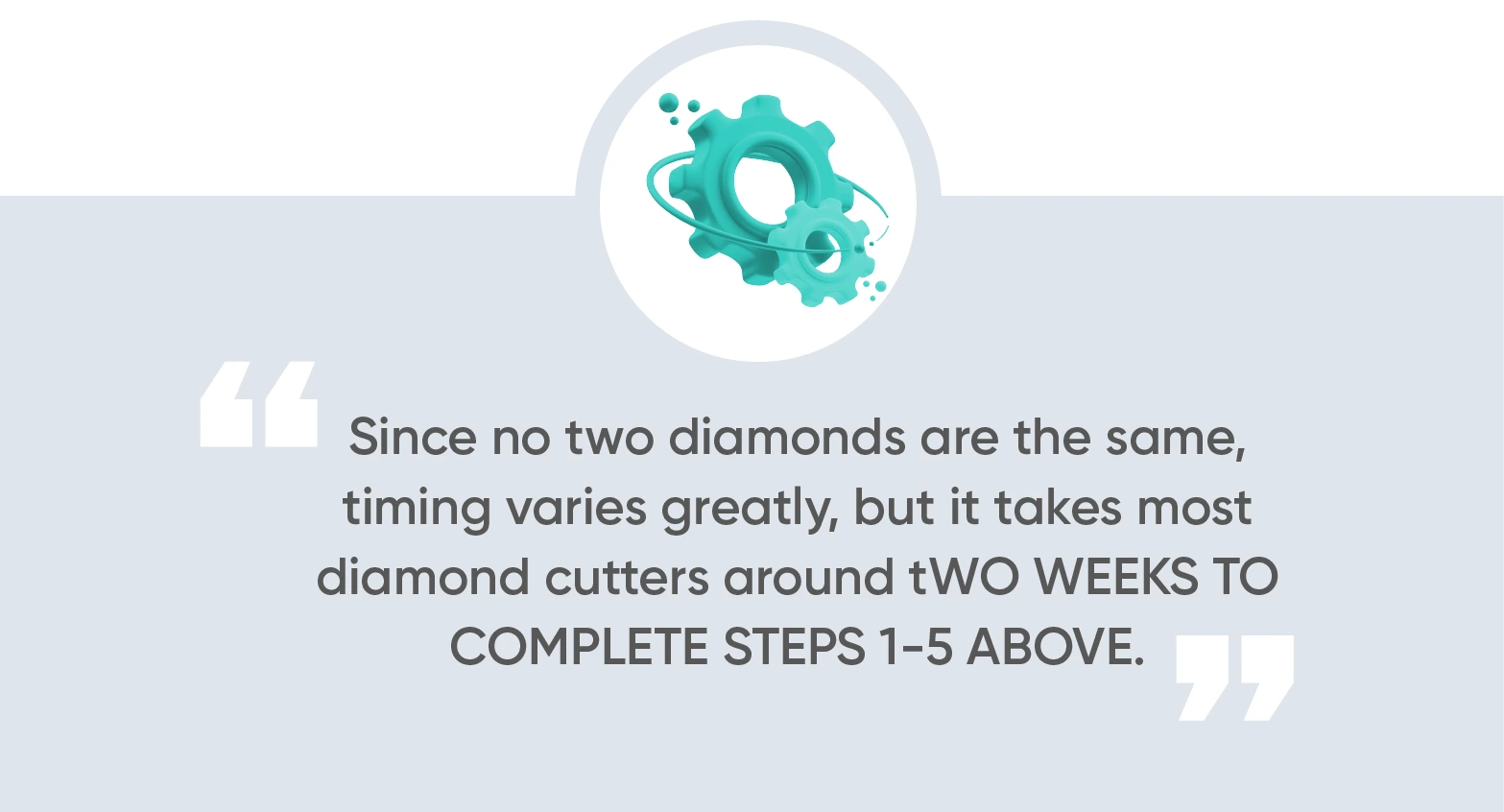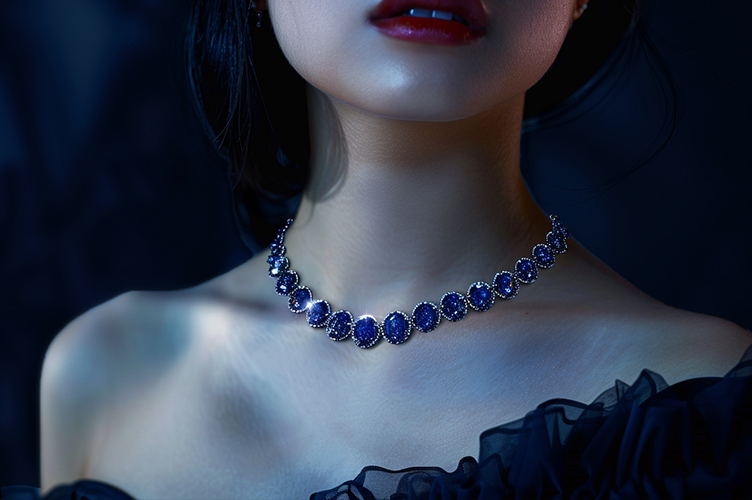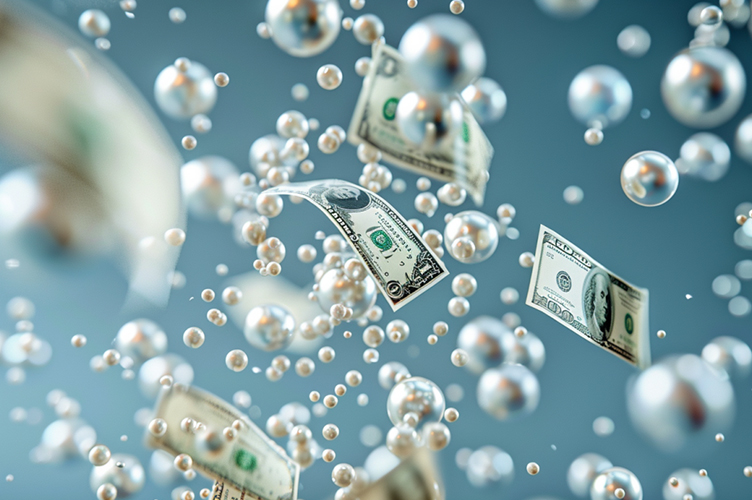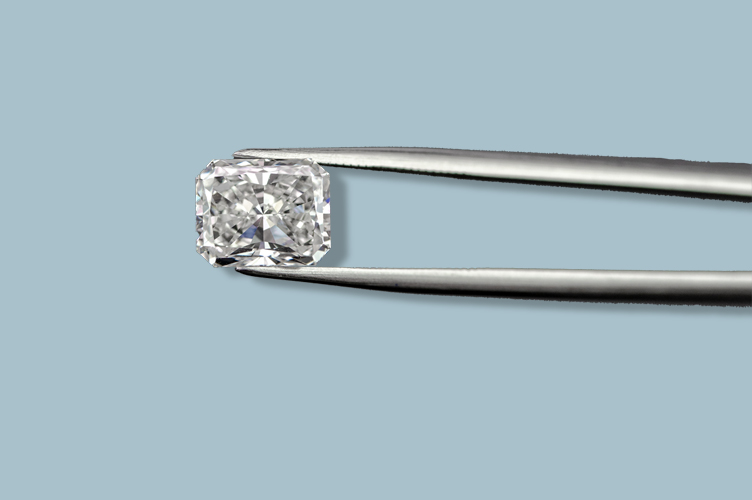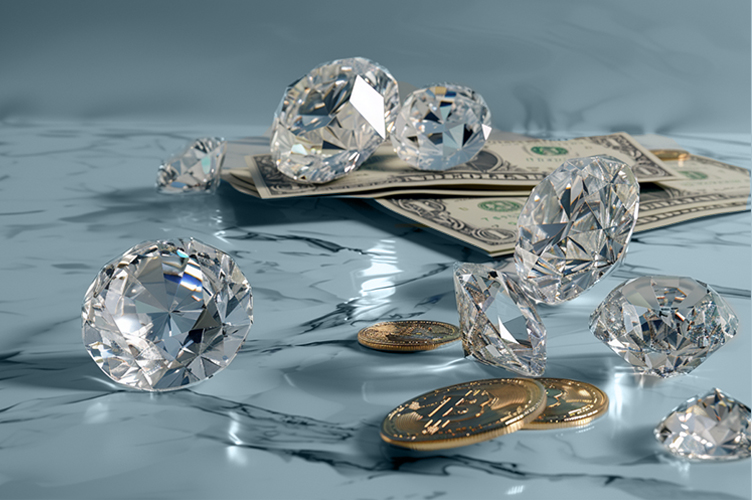Everyone knows the unforgettable sparkle of a great piece of diamond jewelry. But behind every beautiful diamond ring is the rough stone it came from – a dull stone that looks like nothing more than a dirty piece of glass. So how are diamonds cut into prized heirlooms worth thousands of dollars or more? It takes the skill of a qualified diamond cutter. Diamond cutting is an intricate process that requires precision and years of experience. Let’s look at how rough diamonds from the earth become the beautiful and sparkling gemstones we know and love.
What You Will Learn
*We are jewelry experts and enthusiasts that love to share our favorite brands, tips, and tricks with you. If you choose to make a purchase through one of the links, we may earn a commission at no additional cost to you.
The birth of a diamond
First, let’s start with a little bit of background information. Most of today’s diamonds were formed billions of years ago. Intense heat and pressure deep within the earth’s mantle turn carbon into diamonds. Volcanic eruptions helped bring these deposits close enough to the earth’s surface to be mined. India was the first to have diamond mines and significant diamond trading centers.
Learn more about how diamonds are formed.
Over the thousands of years that followed, diamond cutters refined the art of cutting and polishing. Today, the process of cutting a diamond involves five standard steps: planning, cleaving, bruting, polishing, and inspection. Let’s take a closer look at each and learn why they’re essential for your jewelry.
Diamond Cutting Step 1: Planning
Analyzing the rough diamond before any cutting occurs is the first crucial step. This is when the diamond cutter determines the best way to cut the stone to maximize its beauty and value. They’ll decide what diamond shape to cut to minimize inclusions (internal flaws) or cut away. Whether the diamond becomes an oval, a square, or another diamond shape depends on the qualities of the rough diamond. The goal is to create the largest and most beautiful diamond while minimizing the amount of wasted diamond dust. Today, computer programs allow the diamond cutter to view the diamond in 3D to help them make these decisions.
Step 2: Cleaving or Sawing
Once the diamond has been planned, it is time to cut it. Diamonds are cut using two main methods: cleaving and sawing. Cleaving involves splitting the diamond rough along its natural lines of weakness, while sawing involves using a diamond-tipped saw to cut the diamond. The method used depends on the shape and size of the diamond.
Once the diamond cutter knows what the finished product will look like, it’s time to begin cutting. But how do you cut diamonds if diamonds are the hardest natural material on earth? First, there are two main methods: cleaving and sawing. Cleaving involves splitting the diamond along its natural lines of weakness, while sawing involves using a diamond-tipped saw to cut the diamond. Diamonds are indeed the hardest raw material on earth but have brittle parts too. Part of the art of diamond cutting is identifying these lines of weakness where it’s easier to cut. The method used depends on the shape and size of the diamond.
Step 3: Bruting
After the diamond has been cleaved or sawed, the next step is bruting, which involves shaping it into its final form. The diamond is placed onto a rotating lathe and a second diamond, known as a bruting wheel, is used to grind the edges of the diamond until it has the desired shape. This process also creates the diamond’s girdle, the thin band around the cut diamond’s circumference.
Step 4: Polishing
Once the diamond has been shaped, it is time to polish it. Polishing involves using a series of diamond abrasives to create smooth and reflective facets on the diamond. The stone is placed onto a diamond polishing wheel that is coated with diamond powder, and the wheel is slowly moved across the diamond’s surface. This process is repeated with progressively finer diamond abrasives until the cut diamond has a mirror-like finish.
Step 5: Inspecting the cut diamond
The final step in the diamond cutting process is inspection. The diamond is examined for any flaws or imperfections that may affect its value. It is also weighed to determine its carat weight. Once the diamond has been inspected, it is ready to be set into a piece of jewelry.
- Is it true that only a diamond can cut a diamond? Yes and no. Diamonds are the hardest naturally occurring substance on earth, but parts of them are brittle. Diamond cutters can identify these brittle spots and cleave them with a diamond-tipped tool, then continue cutting away with a steel blade.
- What can cut a diamond? Tools to cut diamonds include diamond-tipped bronze or steel. Today lakers are widely used as well. There is also a manufactured substance harder than a diamond called wurtzite boron nitride and a harder substance found in meteorites called lonsdaleite.
- Who cuts diamonds? Diamonds are cut by professional diamond cutters who have received specialized training in cut diamonds. Spending time as an apprentice under a more experienced diamond cutter is almost always part of the training.
- How long does it take to cut a diamond? Since no two diamonds are the same, timing varies greatly, but it takes most diamond cutters around two weeks to complete steps 1-5 above.
- How much diamond is left after cutting? A typical yield from a rough diamond cut is around 30%-50%. Much of the original rough stone ends up as diamond dust that’s cut and polished away.
The only thing a diamond isn’t born with
The 4Cs – carat, color, clarity, and cut- are often thrown around when talking about diamonds. Many jewelers will tell you that the diamond’s cut is the most important. Why? Because it’s the only thing the diamond isn’t born with. In other words, it’s up to the diamond cutter to maximize the beauty of the diamond by cutting it in the best possible way. The color of the diamond and how many inclusions it has (clarity) can’t be changed. But how the diamond is cut impacts those other C’s. A good diamond cutter will maximize a diamond’s color, clarity, and carat weight by the way he cuts the diamond.
The Ultimate Guide To The 4 C’s Of Diamonds | BriteCo™
Different cuts for different styles
A well-cut diamond will have the right combination of brilliance, fire, and scintillation (sparkle). If a diamond is cut too shallow or deep, it will not reflect light properly and appear dull and lifeless. On the other hand, if a diamond is cut too thick, it will appear smaller than it is and will not sparkle.
It’s important to note that not all diamonds are cut similarly. How a diamond is cut depends on its shape, size, and preferences of the diamond cutter. There are many different diamond shapes, including round, princess, emerald, pear, and marquise. Each shape requires a different cutting technique to maximize its beauty and sparkle.
What types of diamond cuts are best for my engagement ring?
Still deciding on your perfect cut? Here are a few ideas:
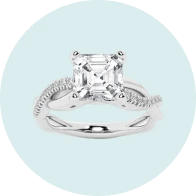
An elegant twisted band and asscher cut diamond

We love the marquise side stone and radiant center combination here
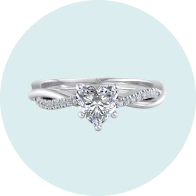
For some extra flair, we love this twisted band and heart center look

Solitaire style and rose gold fit for a princess
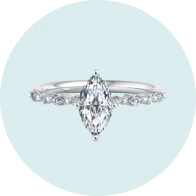
We love this diamond band and flashy center stone ring
Don’t forget to insure your diamond
Once you’ve purchased a diamond, insuring it properly is a crucial next step. You can’t rely on a homeowners or renters policy to fully cover the cost of your diamond, and many offer no coverage for the common ways people lose diamonds.
BriteCo makes insuring your diamond easy, fast, and highly affordable. We even offer safe storage discounts and monthly premium options, covering up to 125% of your item’s appraised value.
Get a free quote for insurance in minutes and get started today.
Also Check:
Demystifying Rough Diamonds: Your Guide to the Different Types of Rough Diamonds
The Edgy Elegance of the Shield Cut Diamond
Transitional Cut Diamond | BriteCo Jewelry Insurance
Is a pear cut diamond best for my engagement ring?
